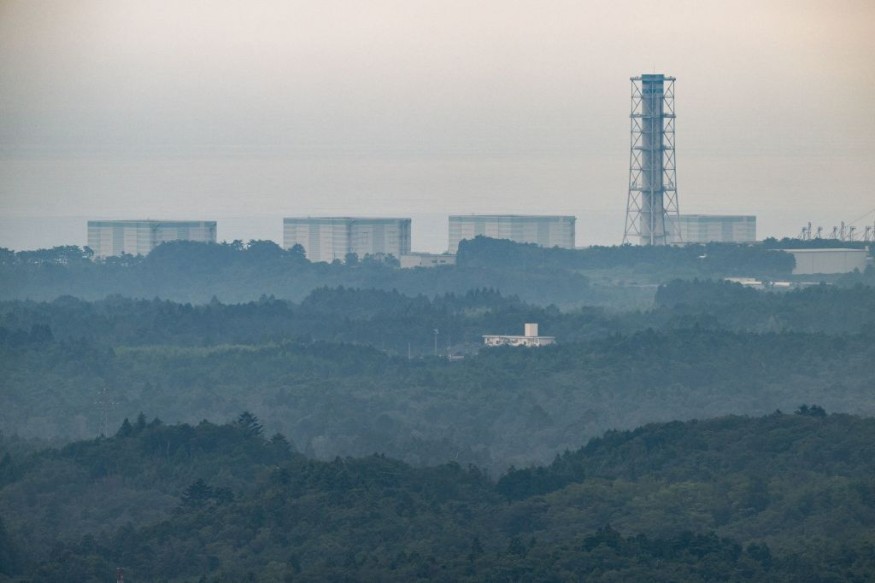
Japan is preparing to discharge up to 1.3 million tonnes of Fukushima Nuclear Plant treated wastewater into the ocean, following a green light from the UN.
Releasing Treated Wastewater from Fukushima Nuclear Plant
Despite protests from its neighbors, Japan will begin discharging cleaned radioactive water from the tsunami-damaged Fukushima nuclear facility into the Pacific Ocean on Thursday.
The choice was made a few weeks after the UN gave the green light.
1.34 million tonnes of water, which is equivalent to 500 Olympic-size swimming pools, have accumulated since the facility was destroyed by the tsunami in 2011. This accumulated water is slated to be released into the ocean after undergoing rigorous treatment and dilution.
Japan's Prime Minister Fumio Kishida announced that if weather and sea conditions allow, authorities will ask the plant's operator to prepare for the disposal of contaminated water starting on August 24. Following his visit to the plant, speculation arose about an imminent release.
Releasing the water is a necessary step in decommissioning the plant on the east coast, 220km northeast of Tokyo. Collected for over a decade, the contaminated water has strained storage capacity. The 2011 Fukushima disaster led to an exclusion zone and forced over 150,000 evacuations.
Approved Release Plan
The water release plan, approved by Japan two years ago, has sparked concern across Asia and the Pacific. The UN's nuclear watchdog endorsed it in July, deeming the impact minimal. Yet, fears persist among locals, especially fishermen, about its effect on livelihoods.
Tokyo saw protesters rallying against the release, urging the government to halt it. Plant operator Tepco filtered the water, removing over 60 radioactive elements, but it will still contain tritium and carbon-14, unremovable isotopes.
However, because of their extremely low radiation levels, specialists have stated that they are not dangerous unless taken in significant amounts.
University of Portsmouth's Prof Jim Smith assures that if the discharge proceeds as intended, radiation exposure will be minuscule - over a thousand times less than natural annual radiation. The Pacific Ocean's vastness is highlighted by experts like Imperial College London's Prof Gerry Thomas, who emphasizes substantial dilution of released contaminants.
Tokyo has previously stated that the tritium and carbon 14 levels in the water that will be dumped into the Pacific Ocean, which was already mixed with saltwater, match safety regulations.
Tritium concentrations in wastewater from nuclear power plants around the world are frequently higher than those in Fukushima-treated water.
2011 Fukushima Power Plant Disaster
After a significant earthquake, a 15-meter tsunami cut off the cooling and power to three Fukushima Daiichi reactors, resulting in a nuclear catastrophe that started on March 11, 2011, when the three cores melted.
Due to significant radioactive leaks over days four to six, the event received a level 7 assessment on the International Nuclear and Radiological Event Scale.
Due to damage from the catastrophe, all four Fukushima Daiichi reactors were declared destroyed.
The three reactors reached a state of stability with water addition within two weeks, and by July, they were being cooled with reused water from the new treatment facility. In the middle of December, the phrase "cold shutdown condition" became official.
The primary continuous effort, besides cooling, was to stop the leakage of radioactive elements, especially in contaminated water that flowed from the three units.
Related Article : Fukushima to Release Over a Million Cubic Meters Water From Nuclear Plant; Officials Urge Locals Stop Swimming
© 2025 NatureWorldNews.com All rights reserved. Do not reproduce without permission.





